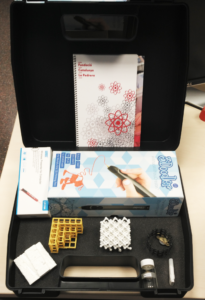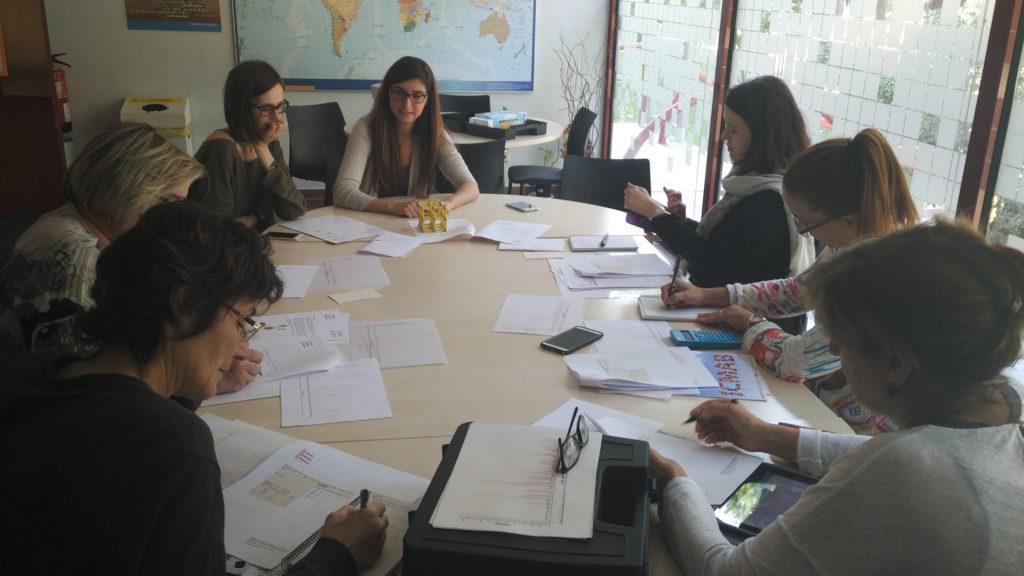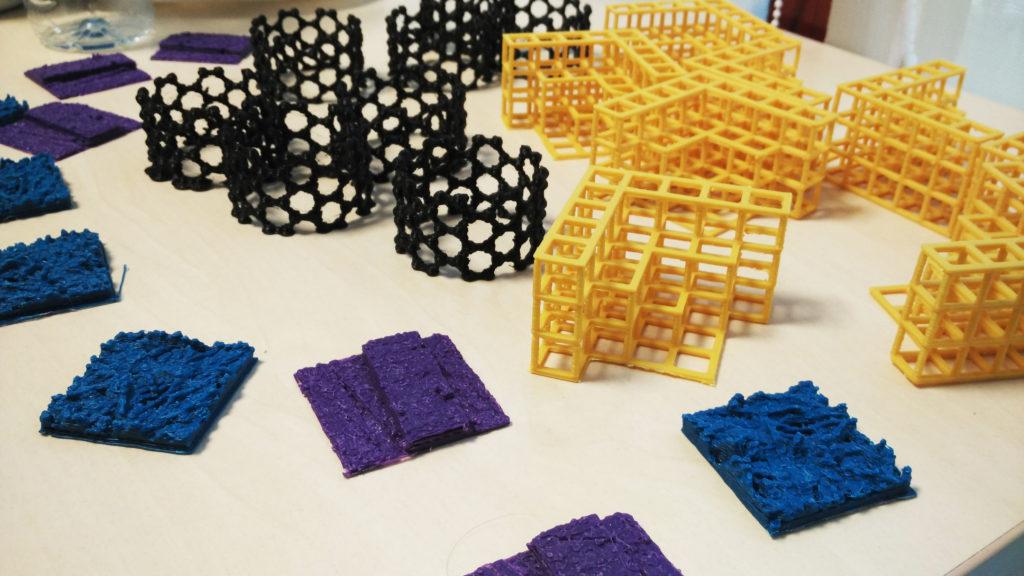 One of the great things (among many) about 3D printing is that not only is it an important skill in itself, it’s also a valuable tool for learning about other things. Just look at 3D printed organ models, for example – they’re becoming increasingly common in hospitals and clinics as a way for surgeons to plan operations before operating, but they also allow medical students and professionals alike to study the human body – and all of its quirks and malfunctions – more closely and thoroughly than ever before.
One of the great things (among many) about 3D printing is that not only is it an important skill in itself, it’s also a valuable tool for learning about other things. Just look at 3D printed organ models, for example – they’re becoming increasingly common in hospitals and clinics as a way for surgeons to plan operations before operating, but they also allow medical students and professionals alike to study the human body – and all of its quirks and malfunctions – more closely and thoroughly than ever before.
3D printing, and its ability to create perfect replicas of microscopic particles and blow them up to thousands of times their original size, has also enabled researchers and students to study things like pollen, for example, in a tactile way that wasn’t previously possible. At the other end of the spectrum, 3D printing can scale the universe down to a cube that can be held in the palm of a hand. There’s virtually no limit to the concepts that can be elucidated with a 3D printer, and a group of scientists at the Institute of Materials Science in Barcelona (ICMAB) have designed a course that uses the technology to teach high school students about the growing field of materials science.
The three-day course was designed for high school teachers to refresh their own knowledge of materials science, as well as providing them with tools to teach their students about the subject in a hands-on way. The subject of materials science can be a difficult one to grasp, particularly in a standard classroom setting; what student hasn’t glazed over when listening to a lecture about microstructures? The ICMAB course, however, introduced tools that not only give students a hands-on, interactive learning experience but allow them to use their artistic skills as well.
 Each participant in the course was given a kit containing a 3Doodler and several 3D printed crystallographic structures that replicated the structures found in natural materials, including cubic, honeycomb and diamond structures. The shapes, which were left unfinished, will be completed by the high school students using their 3Doodlers – giving them not only a way to better grasp and remember the structures themselves, but also to understand the way nature works.
Each participant in the course was given a kit containing a 3Doodler and several 3D printed crystallographic structures that replicated the structures found in natural materials, including cubic, honeycomb and diamond structures. The shapes, which were left unfinished, will be completed by the high school students using their 3Doodlers – giving them not only a way to better grasp and remember the structures themselves, but also to understand the way nature works.
For example, the cubic structure is the one most commonly found in nature, appearing in materials such as gold. The reason for its prevalence is simply because it’s simple and, thus, easy to replicate. The students, as they complete the structures with their 3Doodlers, will play the role of nature itself, building new materials and seeing the logic behind the creation and replication of particular elements.
Also included in the kit were 3D printed models of atomic force microscopy images created using an open source technology developed at ICMAB and currently being utilized at institutions including Texas A&M University and Keysight Technologies. The course was developed by Anna Crespi, Judit Oró, Maite Simon, and Andrés Gómez, and was funded by the Fundació Catalunya La Pedrera, a foundation dedicated to supporting innovation and development in Spain. Let’s discuss this educational course concept further in the ICMAB High Schooler’s 3D Printing Class forum over at 3DPB.com.
Subscribe to Our Email Newsletter
Stay up-to-date on all the latest news from the 3D printing industry and receive information and offers from third party vendors.
You May Also Like
Nylon 3D Printed Parts Made More Functional with Coatings & Colors
Parts 3D printed from polyamide (PA, Nylon) 12 using powder bed fusion (PBF) are a mainstay in the additive manufacturing (AM) industry. While post-finishing processes have improved the porosity of...
3DPOD Episode 193: Flow and What’s Possible in 3D Printing with Ricky Wildman, University of Nottingham
Ricky Wildman is working on 3D printing pills, but, as Professor of Multiphase Flow and Physics at Nottingham, he does a whole lot more. His research encompasses the characterization of...
3D Printing Webinar and Event Roundup: March 17, 2024
It’s another busy week of webinars and events, including SALMED 2024 and AM Forum in Berlin. Stratasys continues its in-person training and is offering two webinars, ASTM is holding a...
3D Printed Micro Antenna is 15% Smaller and 6X Lighter
Horizon Microtechnologies has achieved success in creating a high-frequency D-Band horn antenna through micro 3D printing. However, this achievement did not rely solely on 3D printing; it involved a combination...































